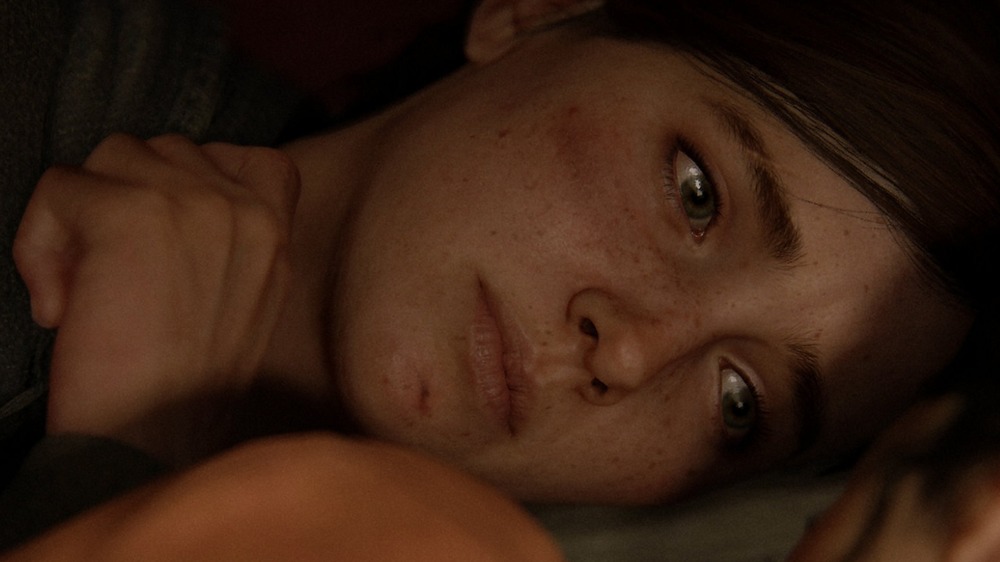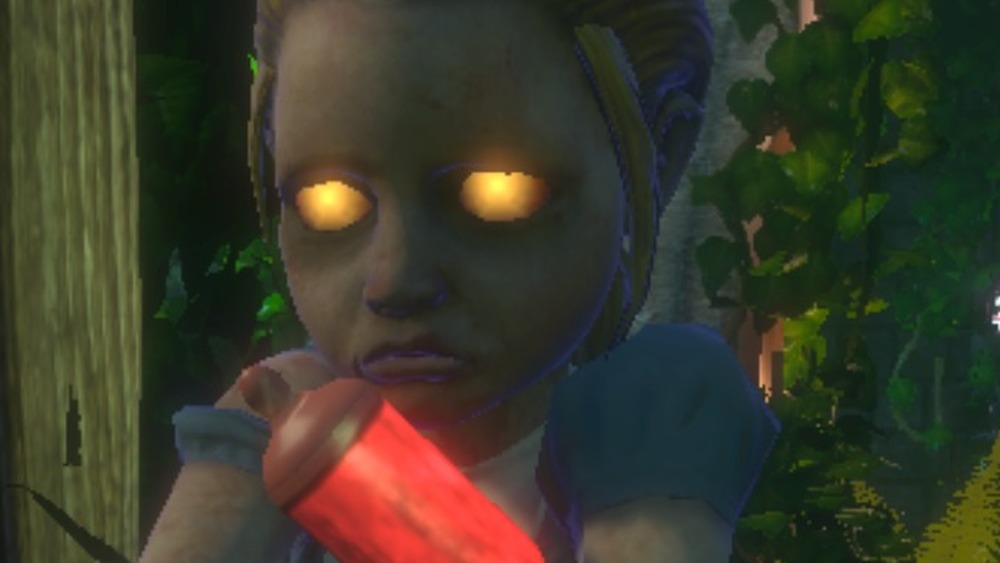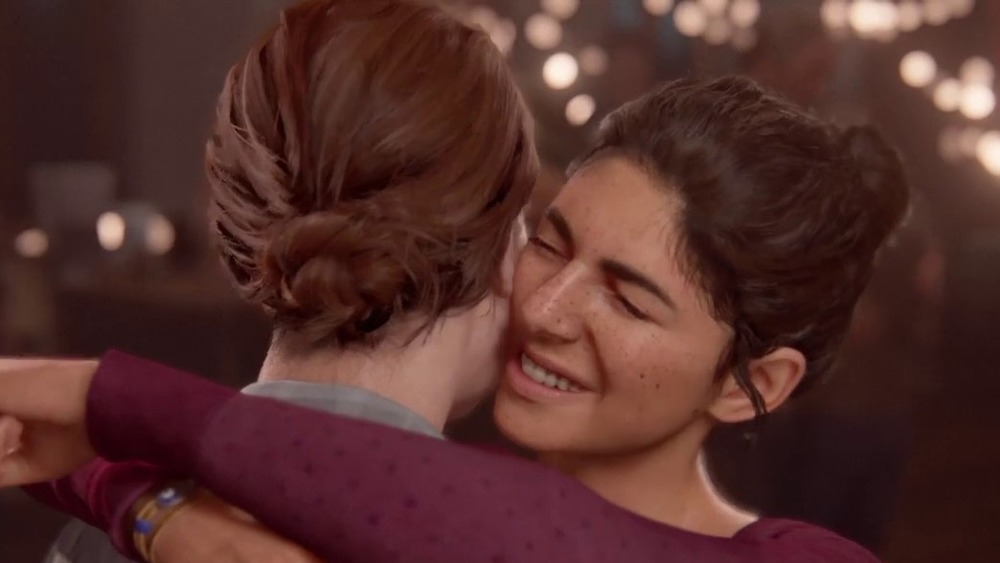What Is Ludonarrative Dissonance?
Hearing a phrase like "ludonarrative dissonance" is enough to make anyone scratch their head, which is why some fans were confused when the term popped up in a New York Times review of The Last of Us Part 2. While there are a variety of other reasons that The Last of Us Part 2 was in the news after its release, the concept of ludonarrative dissonance was another piece of the discussion surrounding this narrative driven game.
The term ludonarrative dissonance entered into the public lexicon when Clint Hocking, currently a game designer and director at Ubisoft, offered up a critique of Bioshock on his blog in 2007. Essentially, ludonarrative dissonance is the disconnect between the player's perception of a character and that character's actions within the game. In his post, Hocking explains that discussing ludonarrative dissonance is a critique, not a review, and that games can be enjoyable while also being confusing narratively.
It all began with Bioshock
Hocking uses Bioshock as an example, arguing that players are presented with two "contracts," one that urges players to pursue power and one that promises players that helping Atlas will help them progress the narrative. The game simultaneously wants players to feel empathy for the Little Sisters while knowing that killing them will bring them more Perks and power within the world of the game. Hocking condemns the narrative disconnect between seeing oneself as a "good" character and murdering children.
Ludonarrative dissonance is a way to talk about the ways players sometimes have different intentions from what games prescribe, while also acknowledging that some games present protagonists as morally good, even as they commit acts of violence.
In the same vein, Conor Dougherty's New York Times review of The Last of Us 2 argues that the game sells players one vision of characters during cutscenes, which are unchangeable, and then asks them to violently kill hundreds of enemies without batting an eye. Though many of the enemies in question are mindless zombies, infected by a fungi eating at their brains, they still look like people. They still die and explode in clouds of gore.
A question of academic discussion
In an academic essay on the topic, Seraphine Frederic argues that games need to strike a delicate balance, a harmony, that might be unattainable for developers. Frederic even suggests that true ludonarrative harmony would have to eschew any predetermined narrative at all, leaving players to make their own narrative in the digital world.
While many players might not notice or care about ludonarrative dissonance, it's an essential part of conversations about gaming in the realms of academia and criticism. The term articulates a feeling that many gamers have had about narrative driven games and lack of choice. Whenever you feel like the story of a game doesn't match up with the wild violence your character commits, that's ludonarrative dissonance, and it majorly affects how one experiences gaming.
Many games, like the Uncharted series, have been found to contain instances of ludonarrative dissonance, and it's a good term to know if you want to discuss games or the finer details of narrative. Of course, there's no harm is just having fun with games and leaving the debating up to someone else.



